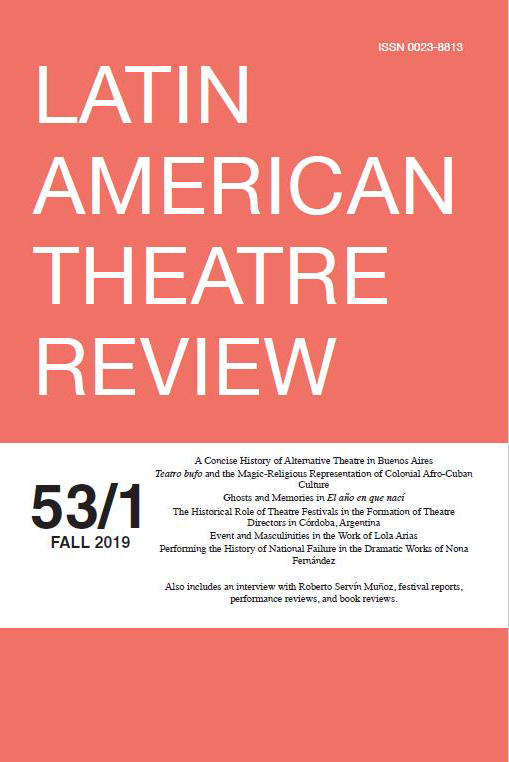Abstract
From Colonial to Post-Colonial times, African rituals and other magical-religious manifestation have become a constant aesthetic resource when it comes to representing Afro-Cubans in the theater. In this essay, I analyze black face theater or teatro bufo to trace pioneer theater plays that employed Afro-Cuban rituals to portray blackness during the 19th century. By examining several plays, especially Mefístófeles by Ignacio Sarachaga (1896), I will study how elements such as music, speech and the practice of the Afro-Cuban religion are portrayed not only as part of the racist mockery typical of this theatrical genre, but also as a mechanism with which to confront the Colonial Spanish regime as well as to propose a more dynamic and technically complex staging.
All items © The Center of Latin American Studies and Caribbean Studies, The University of Kansas, Lawrence, Kansas 66045, U.S.A. Authors: If you prefer to remove your text(s) from this database please contact Dr. Stuart A. Day (day@ku.edu)
